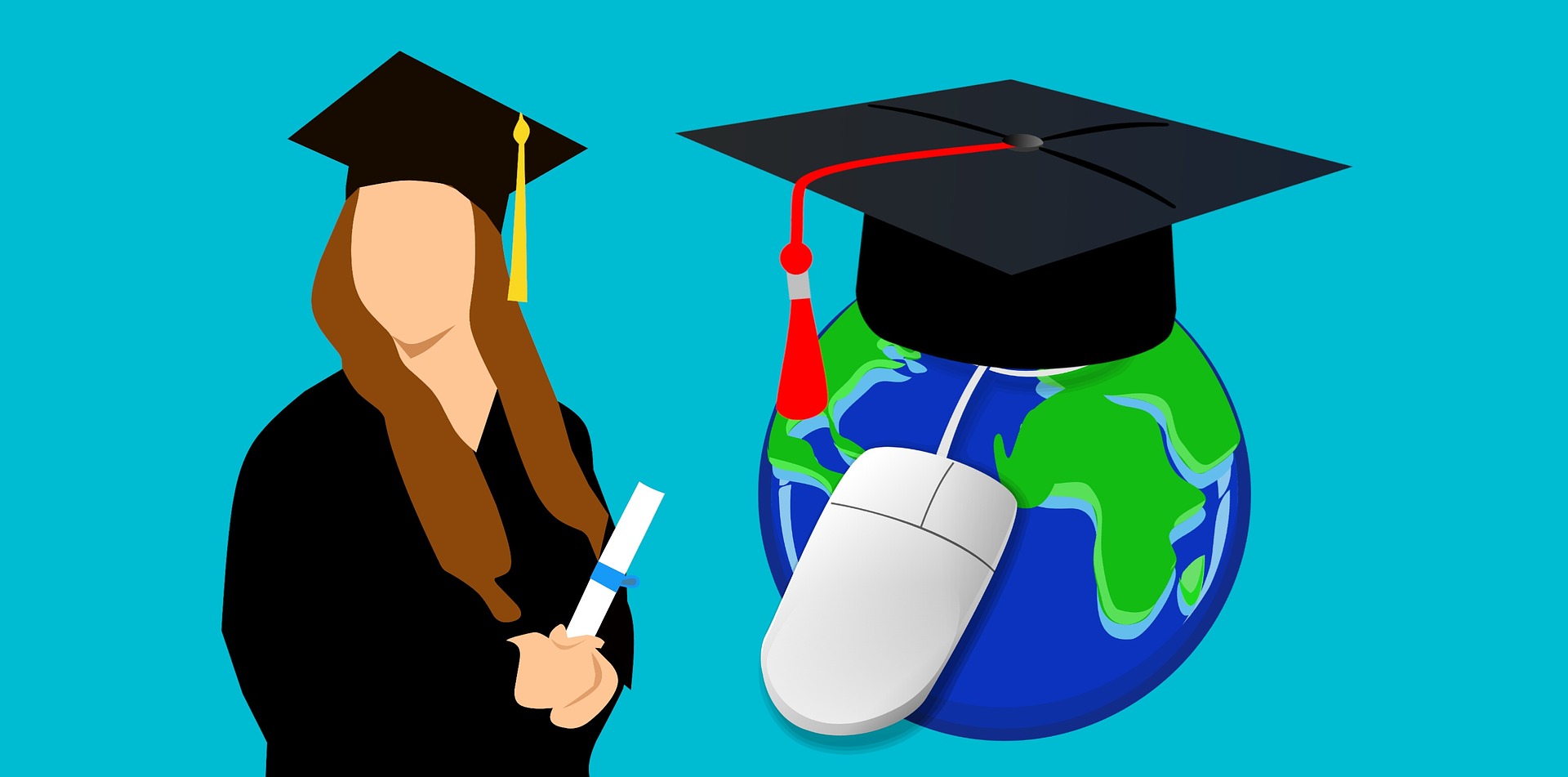God has blessed every child with an innate skill as well as a curiosity to learn new things in a speedy manner. The brain of your child observes new things very quickly; that is why he starts understanding your language at the earlier stage of life. According to the statement of an expert, young children have a high intellectual level to learn a second language. If you want to teach your child any language, the following simplest yet useful rules are going to help you a lot.
Active Adult Participation in The Language Learning Process:
In the initial six years of life, the brain of the child increasingly changes to absorb more and more knowledge. For that reason, it is necessary that the adults take an active part in helping their child learn a new language. To serve that purpose, talking to your child matters the most in the first place. Both the parents can contribute to this learning process by listening to the fractured yet cute stories of their kids.
Furthermore, the teacher should also act patiently when dealing with young children to make them easily understand some new words. For example, in the case of the Spanish language, the teacher has to repeat the Spanish alphabet sounds again and again for the child’s clear understanding.
Ensure a Child-Friendly Learning Environment:
Creating a child-friendly environment of learning is essential for your child’s smooth learning of a new language. It matters because children are sensitive little heads that whole-heartedly learn only when they feel listened to, valued and cared for. In order to ensure a child-friendly environment, adults are advised to organize fun-filled activities e.g., dance, sing, and rhyme etc. You can also take help from numerous online videos as well as audios that can make the learning process more appealing. Above all, every effort you make to teach your child a language will only work when you put yourself in your child’s shoe. You have to think and act like them to ensure effective learning.
Involve the Children in Listening Activities:
In addition to being receptive, language is expressive too. Therefore, it is vital to engage children in listening activities. In this way, they will be able to effectively process what they hear. Such listening activities can ask the child to repeat after the speaker whatever he/she has listened. To serve this purpose, parents can turn on a radio or TV where perhaps a fairy tale is being told. Teachers can also contribute to this type of activity by telling them a story or even a short real-life interesting incident just to introduce them to new words and sentences. Adding to it, many interesting rhyming audios with attractive sounds can add to the responsiveness of children to a great extent. They can also enhance the listening power of the children.
Let Them “Maked the Made”
Teaching a language to children requires patience and considerable time. When it comes to children, they certainly make too many mistakes in the beginning. They may be too little to understand the reasons behind all the forms of verbs, parts of speech, degrees that a particular language has. For instance, they may say ‘made’ rather than made, ‘eated’ instead of ate, ‘sleeped’ instead of slept and this list goes. In fact, making mistakes is good and perhaps the only way of letting children learn something new. Every mistake that they make tells that they tried a new thing. Now, it is the duty of the teacher to correct it with love and kindness.
Take Baby Steps:
Do not rush the learning process since it might confuse your child. In contrast, it is essential to take baby steps while teaching your child a new language. In the beginning, talk to them and tell them stories in the new language so they start understanding and recognizing different sounds. It will also make them able to pronounce the words in the right way later on. Subsequently, start enhancing their vocabulary by introducing a new word every day. Repeating it all day long and asking your child to do the same is effective for better memorization. In order to make this whole process effective, ask children to recall the previous words before introducing a new word. Afterward, start off with the phrases and then to sentences. In the end, patience and effort would be worth it.
Read Also:






















